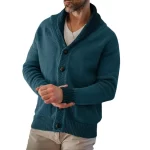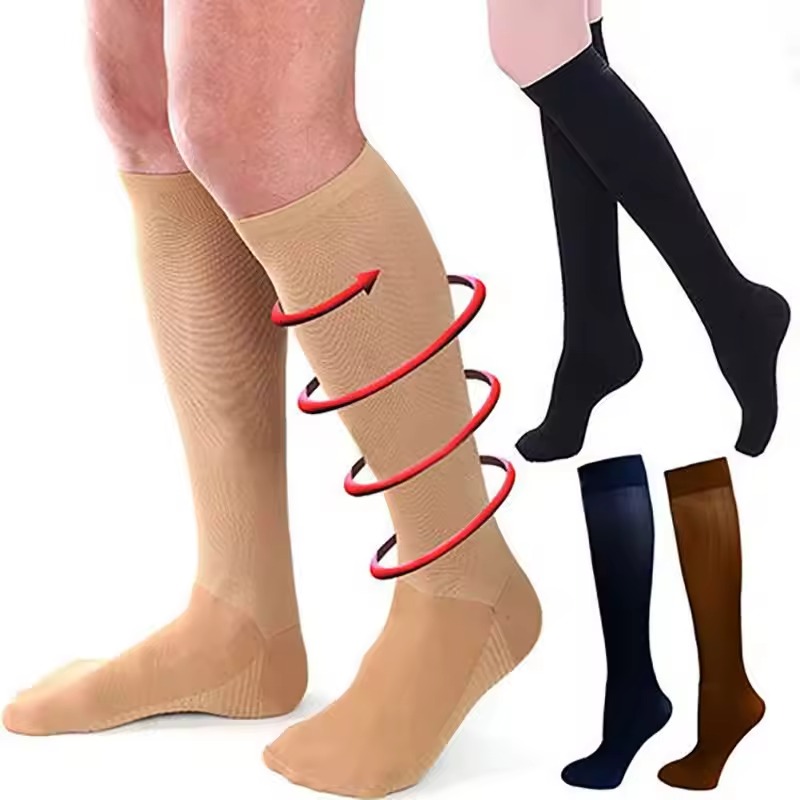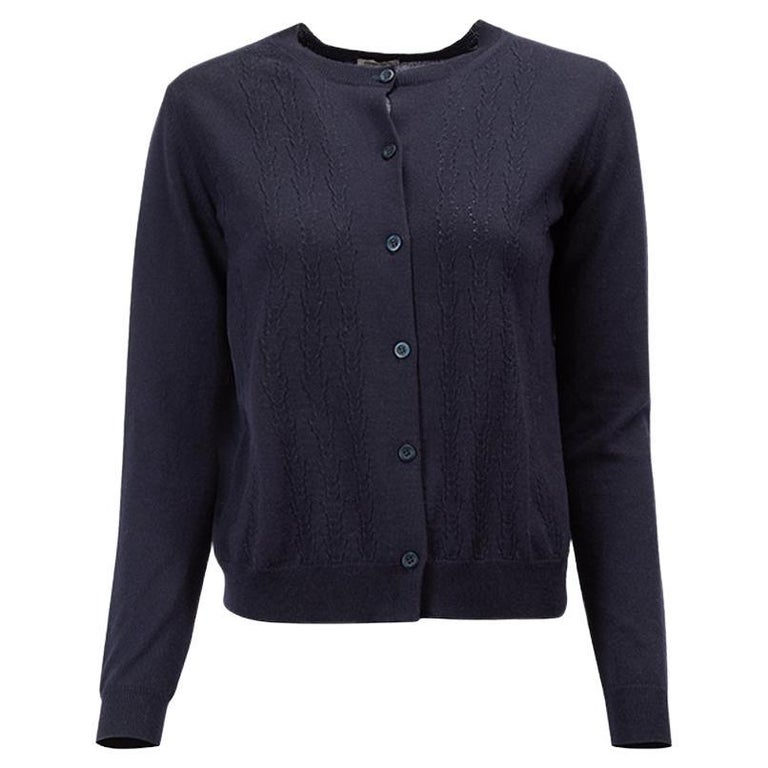Introduction to Compression Socks
Compression socks are a helpful tool for better blood flow. They provide gentle pressure, starting from the ankles and reducing upwards. This design helps push blood back up your legs, reducing swelling and discomfort. People with varicose veins, or those who stand all day, can find relief by wearing them.
Benefits of these socks are clear: they minimize the risk of blood clots, and for post-surgery patients, they can be crucial. Athletes also use them to recover faster from workouts. They come in different styles, lengths, and pressures, fitting various needs.
When using compression socks, knowing how long to wear them is key. Typically, they are worn all day, taken off before bed. Still, in special cases, like after surgery, doctors might advise 24-hour use. To get a good fit, seek specialist advice, as ill-fitting socks can cause issues.
Putting on and taking care of these socks is also important. They should be put on in the morning, rolled up the leg, and worn without bunching. Daily washing keeps them in good shape, and having a spare pair is smart. If discomfort arises, consulting a doctor is crucial.
To sum it up, compression socks are for anyone needing leg vein support. The duration you wear them varies with your needs. Just ensure a proper fit and maintain them well. If you have doubts, always get a professional’s view. But always remember, the right compression socks can be like a comforting hug for your legs.
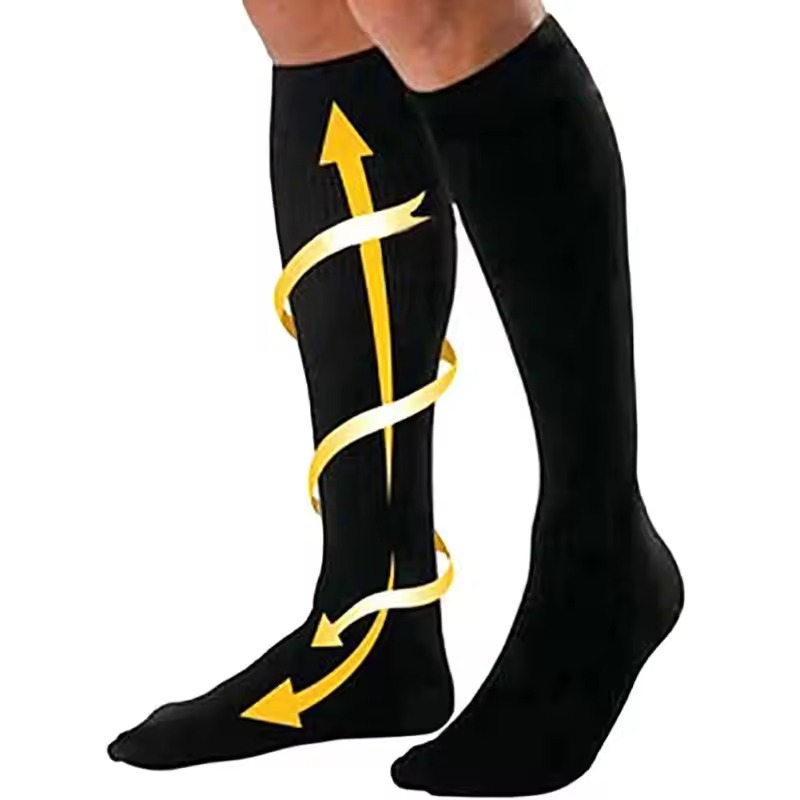
Benefits of Wearing Compression Socks
Compression socks offer multiple health benefits. Primarily, they improve blood flow in your legs, essential for those with circulatory issues. Improved circulation helps minimize the risk of developing blood clots, a common problem for people who are sedentary.
They are particularly beneficial for individuals who experience leg swelling or those with varicose veins. By applying pressure, compression socks reduce swelling and alleviate the discomfort associated with these conditions. This makes daily activities more comfortable and lessens the pain that can come from prolonged standing or sitting.
Wearing compression socks also supports athletes in their recovery after intense exercise. The socks aid in reducing lactic acid buildup, promoting quicker recovery times and preventing muscle soreness. This allows athletes to perform better and train more consistently.
For post-surgical patients, compression socks are often prescribed to prevent DVT (deep vein thrombosis). They help maintain blood flow and reduce the likelihood of clot formation while the patient is less mobile.
Lastly, frequent travelers can benefit from wearing compression socks during long flights. They help prevent the leg swelling and discomfort that can occur from sitting in a confined space for extended periods. This ensures a more comfortable and risk-free travel experience.
Overall, compression socks are a versatile tool for promoting leg health, providing comfort, and preventing serious health issues. When considering how long to wear compression socks, always consult with a healthcare professional for personalized advice.
How Compression Socks Work
Compression socks use engineered pressure to aid blood flow in your legs. They start tight at the ankles, then the compression lessens higher up your leg. This design helps to push the blood upwards, preventing pooling. For legs to feel less tired and swollen, these socks are a must. They mimic the body’s natural blood-pumping movement, aiding those with reduced mobility.
Whether you’re dealing with circulatory issues or need extra support, they keep blood moving efficiently. As the blood moves, it helps prevent clots and reduces swelling and fatigue. These socks are a simple yet effective remedy for many leg-related discomforts. To get these benefits, make sure the socks fit well and give the right amount of pressure. Wearing improperly fitted socks can do more harm than good. That’s why a proper fit is crucial to how compression socks work.
Guidelines for Wearing Compression Socks
When figuring out how long to wear compression socks, consider your daily routine and health needs. Most people wear them during the day and take them off before sleep. Here are some specific guidelines.
Daily Wear
Start by putting on your compression socks first thing in the morning. Your legs have less swelling then, making the socks easier to put on. Wear them throughout the day to support blood flow.
Duration Based on Activity Level
If you’re very active or stand a lot, you might need to wear them all day. For desk jobs or long flights, wearing them will help prevent swelling.
Medical Needs
People with health issues like varicose veins or DVT may need tailored advice. Doctors can tell how long you should wear them based on your condition.
During Exercise and Recovery
Athletes often wear compression socks during workouts and for a short time after. This helps with recovery and reduces soreness.
Night Use
Generally, you don’t need to wear compression socks at night. However, following surgery, your doctor might advise 24-hour use to prevent clots.
Signs It’s Time to Remove Them
If you experience discomfort, skin irritation, or signs of poor circulation, take your socks off. Always consult a healthcare professional if you’re unsure.
Remember to follow these guidelines for optimal benefit. Listen to your body and consult with a healthcare provider for personalized advice. With correct use, compression socks can greatly aid leg health and comfort.
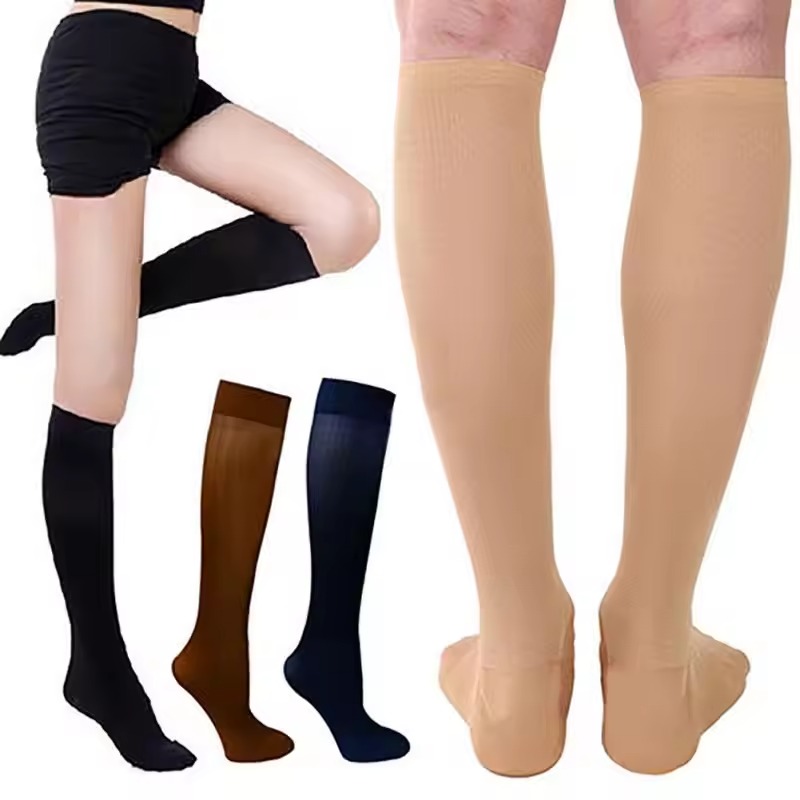
Tips for Choosing the Right Compression Socks
Choosing the right compression socks is vital for comfort and effectiveness. Here’s what to consider:
Consider Your Needs
Think about why you need compression socks. For varicose veins, long flights, or post-surgery care, different types might be best.
Compression Levels
Find the right pressure level. Mild, moderate, or high-pressure options are available. Higher pressures are often for serious health issues.
Sock Length
They can be knee-high, thigh-high, or full tights. Your condition or preference will decide the length you should choose.
Get Measured
Always have your legs measured for a proper fit. Ill-fitting socks can cause more issues, so proper sizing is crucial.
Material Matters
Look at different fabric types. Some are better for breathability, others for durability. Pick what’s best for your lifestyle.
Consult a Professional
A healthcare provider can give you the best advice on what socks to choose. They can suggest the right type for your specific needs.
Remember, choosing the right compression socks involves considering your unique needs, the correct level of compression, the length that best addresses your condition, finding a proper fit, selecting a suitable material, and consulting with a healthcare professional. With these tips, you can ensure that you get the most benefit from wearing compression socks.
Steps for Putting on Compression Socks Correctly
To maximize the benefits of compression socks, follow these steps for correct application:
- Start Early in the Morning: Put them on as soon as you wake up. Your legs will have less swelling then.
- Sit Down: Sit in a comfortable position to avoid losing balance or straining.
- Turn Inside Out: Except for the toe, turn the sock inside out. This makes it easier to start.
- Slip Your Foot In: Put your foot into the toe area, ensuring the heel lines up correctly.
- Roll Up the Sock: Carefully roll or pull the sock up your leg without stretching it out of shape.
- Smooth Out Wrinkles: Gently smooth out any folds or creases to ensure even pressure.
- Check the Length: Ensure knee-high socks stop two fingers below the bend of the knee.
- Adjust as Needed: Throughout the day, make sure the socks remain in the right place and comfortable.
- Use Tools if Necessary: If you struggle, tools like donner devices or rubber gloves can help.
It is crucial to ensure compression socks fit well to gain health benefits. If discomfort occurs, take them off and consult your provider. Read instructions or seek professional help if you’re unsure about the process.
Maintaining and Caring for Your Compression Socks
Proper maintenance ensures your compression sock last longer and continue to provide benefits. Here are simple steps for caring for them.
- Wash Daily: Hand wash with mild soap and rinse them well. Air dry to preserve elasticity.
- Avoid Heat: Do not place them in a dryer. High heat can damage the fabric.
- Rotate Pairs: If possible, have two pairs. This lets one pair dry completely while you wear the other.
- Check for Wear: Inspect your socks regularly for any signs of wear or damage. Worn-out socks may not provide enough compression.
- Follow Instructions: Each pair comes with care instructions. Read and follow these to keep them in good condition.
- Smooth Fit: Ensure there are no wrinkles when you put them on, as these can affect the compression.
- Storage: Store in a cool, dry place. Direct sunlight or heat can degrade the fabric over time.
By taking good care of your compression socks, you can make sure they keep helping your legs feel great. It’s important to replace them every 3 to 6 months for consistent support and compression. If you have doubts about caring for them, reach out to a healthcare professional for guidance.
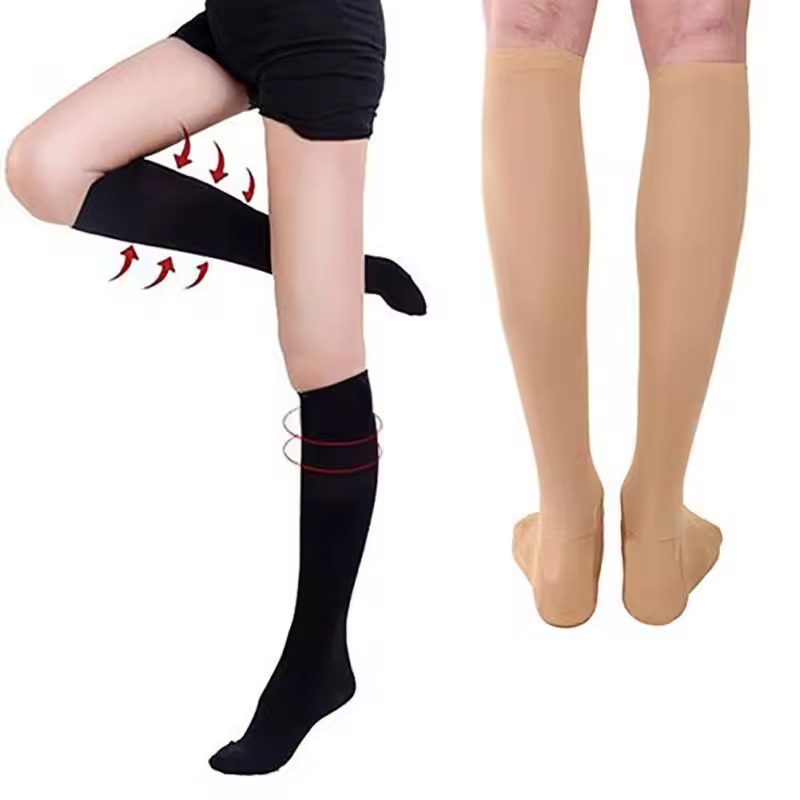
When to Consult a Healthcare Professional
When wearing compression sock, it’s important to know when to see a doctor. Here are guidelines:
Experiencing Discomfort or Pain
If you feel pain or discomfort while wearing compression socks, consult your doctor.
Uncertain About the Compression Level
A healthcare provider can advise on the ideal compression level for your needs.
Signs of Poor Circulation
Symptoms like numbness or tingling may mean the socks are too tight. Seek medical advice.
After a Diagnosis
Following diagnosis of a condition such as DVT, get a doctor’s recommendation on wearing compression sock.
Before Surgery
Ask your surgeon if compression socks are necessary for your post-operative care plan.
Regular Evaluation
Have your legs re-measured regularly to ensure continued proper fit and effectiveness of the socks.
Changes in Health Status
If your medical condition changes, check in with your provider to adjust compression sock use.
Remember, ongoing communication with your healthcare professional ensures safe and effective use of compression socks.





